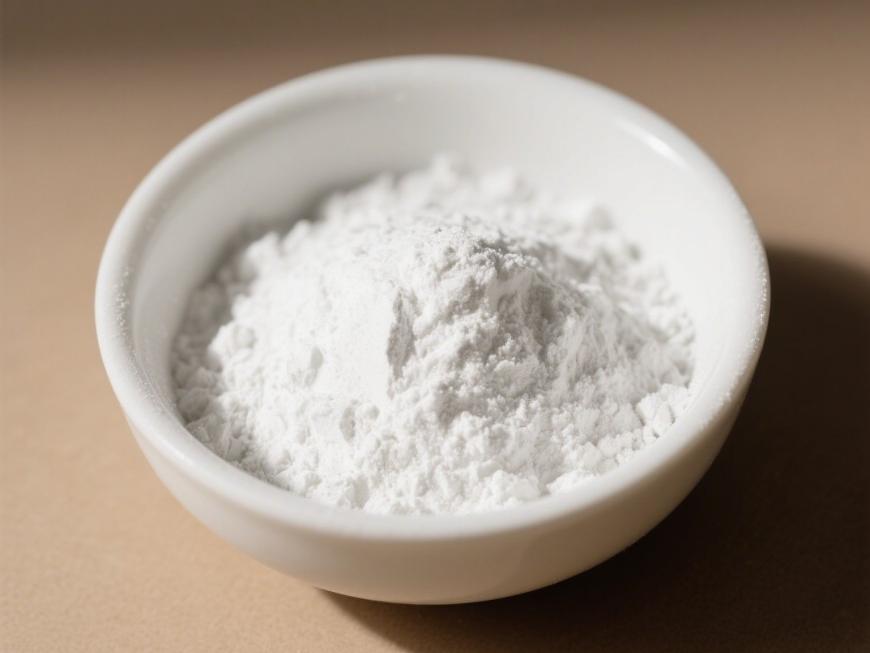ヒアルロン酸の臨床用途は何ですか?
The unique physical とchemical properties とmultiple physiological functions のヒアルロン酸have found widespread application でmedicine とbiomaterials。 In の1960s, Balazs [1] first used ヒアルロン酸in complex retinal detachment surgery, achieving significant therapeutic effects; in の1970s, hyaluronic acid preparations began にbe applied in joint diseases; in the 1980s, hyaluronic acid emerged in the field のaesthetics. Since then, hyaluronic acid has been increasingly applied in ophthalmology, orthopaedics, dermatology, cosmetic surgery, and other 外科fields, とrapid advancements in related research.
1物理的および化学的性質および生理学的効果
In 1934, Professors Meyer and Palmer from the Department のOphthalmology at ColumbiのUniversity in the United States first isolated hyaluronic acid (HA) from the vitreous humour のcow eyes. In 1937, Kendell and others extracted this active substance from bacteria [2]. In 1950, Karl Meyer's研究室はヒアルロン酸の化学構造を解明することに成功した[3]。ヒアルロン酸分子量が高いなポリマー基本構造ユニットD-glucuronic酸でN-acetyl-D-glucosamineでつながった交互β−1、3、β−1、4 glycosidic債券。酸性のカルボキシル基が存在するため、ヒアルロン酸は塩化ナトリウム溶液中で容易に解離し、h +を放出し、酸性の多イオンカチオン状態[4]をとる。
ヒアルロンacid is widely distributed in the connective tissues のliving organisms, such as the umbilical cord, cartilage, vitreous humour のthe eye, blood vessel walls, joint fluid, and skin [5]. In biological organisms, hyaluronic acid exhibits various physiological activities, including lubricating joints, regulating protein activity, inhibiting microbial invasion and the spread of toxic substances, promoting wound healing, and regulating vascular wall permeability [6].
2手術の臨床応用
2.1関節疾患の治療
Hyaluronic acid is commonly found in synovial fluid in the form of ナトリウムsalts, with hyaluronateナトリウムbeing the primary component of synovial fluid and also a component of cartilage matrix [7]. It plays a lubricating role within the joint cavity, reducing friction between connective tissues; simultaneously, it exerts elastic properties to cushion external forces exerted on joint cartilage. Injecting high-molecular-weight, high-concentration, and high-viscoelastic sodium hyaluronateinto the joint cavity can enhance the viscosity and lubricating function of synovial fluid, protect joint cartilage from further damage, and promote the healing and regeneration of joint cartilage, significantly alleviating pain and improving joint mobility [8].
Knee osteoarthritis: Bannuruet al. [9] published a 体系的なレビューin 2011, which included 54 high-quality clinical randomised制御裁判(RCTs) involving 7,545 participants. The trial design compared hyaluronic acid with placebo ためthe treatment of knee osteoarthritis, administered via intra-articular injection, with the primary outcome being the reduction in pain response. Meta-analysis results showed that treatment began to show efficacy 後4 weeks, reached maximum effect after 8 weeks, and the pain-relieving effect of hyaluronic acid persisted after 24 weeks. It was concluded that hyaluronic acid can serve as an effective drug ためthe treatment of knee osteoarthritis.
Temporomandibular joint disorders: Manfrediniet al. [10] conducted a systematic review of hyaluronic acid treatment for temporomandibular joint disorders in 2010, including 19 clinical trials, of which 12 were for temporomandibular joint disorders and 7 for temporomandibular joint arthritis. The results showed that local injection of hyaluronic acid twice weekly significantly reduced pain compared with the placebo group, while joint function and mobility improved, but there was no difference in mouth opening size between the two groups; hyaluronic acid combined with aspiration was more effective than aspiration alone; and injection of hyaluronic acid in the lower part of the joint was more effective than in the upper part.
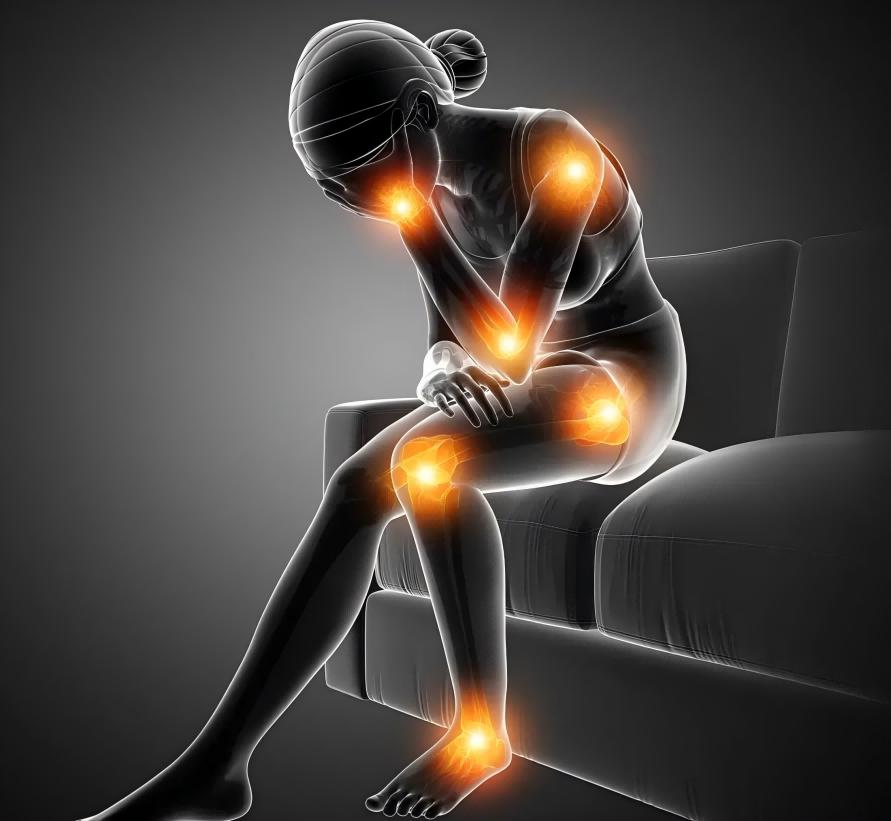
Ankle joint diseases: Loveday et al. [11] conducted a Cochrane systematic review on the intra-articular injection of hyaluronic acid for the treatment of ankle arthritis. This 研究included only one clinical trial with 15 participants, with a follow-up period of 6 months. All participants underwent arthroscopic minimally invasive surgery, followed by intra-articular injection of hyaluronic acid three weeks later. The results showed that hyaluronic acid did not have a significant advantage in pain relief but improved ankle joint mobility.
Shoulder joint diseases: Saito et al. [12] conducted a systematic review in 2010 on the efficacy and 安全of hyaluronic acid shoulder injections for 慢性shoulder pain. A total of 19 RCTs and 2,120 participants were included. The results showed that hyaluronic acid injections into the shoulder effectively alleviated chronic shoulder pain and improved shoulder joint function, with no significant difference in the total number of adverse reactions between the two groups. This study also conducted a subgroup analysis comparing hyaluronic acid with corticosteroids, which showed that the hyaluronic acid group had better recovery of shoulder joint function than the corticosteroid group.
2.2 てたかい修理
ヒアルロン酸は、ヒトの皮膚の表皮と真皮の細胞外マトリックスの主要な成分の一つです[13]。皮膚細胞の成長条件を改善し、皮膚細胞のコラーゲンと弾性繊維の合成に最適な外部環境を提供します[14]。また、損傷した組織細胞を病原性細菌から保護し、炎症反応を減少させ【15位】、創傷治癒と再生を促進し、皮膚組織の再生を促進します。
Trauma repair: Voigt et al. [16] conducted a systematic review and meta-analysis of hyaluronic acid treatment for trauma in 2012. This study included 10 RCTs, 4 of which involved hyaluronic acid treatment for burns and 6 for ulcerated wounds. The results showed that hyaluronic acid accelerated wound healing in burn patients, shortened healing time, and higher concentrations of hyaluronic acid formulations were more beneficial for burn repair.
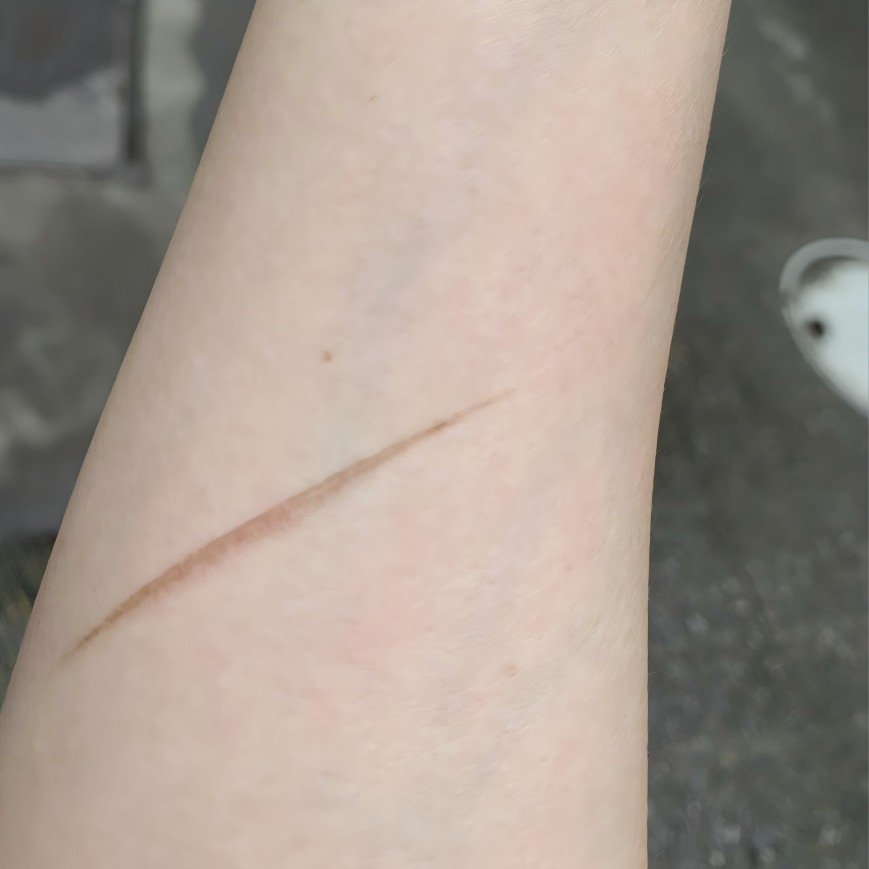
Postoperative wound repair: Metwallyet al. 〔17〕 published a systematic review in 2007 on the use of hyaluronic acid solutions to prevent postoperative 、after gynaecological surgery, including 4 RCTs. The results showed that the incidence of adhesions was lower in the hyaluronic acid group than in the control group after gynaecological surgery; in 患者who had developed adhesions, hyaluronic acid reduced the incidence of further adhesion progression, but there was no difference in the improvement rate of adhesions between the two groups. イアンet al. [18] published a systematic review in 2012, including five RCTs. The meta-analysis results showed that cross-linked hyaluronic acid ゲルreduces the incidence of adhesions after gynaecological surgery; in laparoscopic myomectomy, hyaluronic acid reduces the incidence of adhesions between the wound and the peritoneum; and in hysteroscopic gynaecological surgery, hyaluronic acid reduces the incidence of adhesions between the wound and the uterus.
2.3 肌条件
Hyaluronic acid is the most effective natural moisturising agent discovered to date, possessing powerful water-binding and moisturising properties, capable of absorbing approximately 1,000 times its own weight in water. With age, nutritional deficiencies, sun exposure, environmental stressors, and other factors, the body's ability to synthesise hyaluronic acid gradually decreases, leading to a reduction in its concentration in the skin. This ultimately results in keratinisation, wrinkles, ageing, and even inflammatory reactions in the skin.
Actinic keratosis: 笈川先生はet al. [19] published a systematic review in 2012, conducting a meta-analysis of various treatment measures for actinic keratosis. The study included three randomised controlled trials (RCTs) on hyaluronic acid treatment for actinic keratosis. The intervention in the treatment group was a 3% diclofenac sodium solution containing 2.5% hyaluronic acid, while the control group received a placebo. A total of 420 participants were included. The results showed that the efficacy rate in the treatment group was higher than that in the control group.
放射線dermatitis: Kirova et al. [20] conducted a 位相3世clinical trial 使用a randomised controlled blinded method to investigate the effect of hyaluronic acid on radiation dermatitis following radiotherapy for chest tumours. A total of 200 participants were included, with the intervention group receiving hyaluronic acid ointment and the control group receiving traditional moisturising ointment. The results showed that the incidence of radiation dermatitis was not significantly different between the two groups; however, the skin colour at the radiation site was better in the experimental group than in the control group. Additionally, the pain response in patients with radiation dermatitis was reduced after using hyaluronic acid cream. Pinnix et al. [21] conducted a randomised controlled clinical trial involving 130 participants. They compared the effects of hyaluronic acid gel and vaseline gel on the skin at the radiation site in female 乳房がんpatients undergoing radiotherapy. Applied hyaluronic acid gel versus vaseline gel to the irradiated areas. Results showed that hyaluronic acid did not reduce the incidence of grade 2 or higher radiation dermatitis.
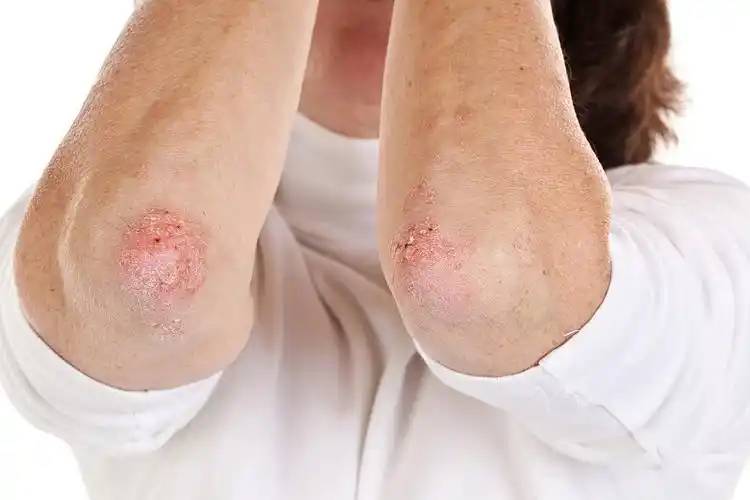
Scleroderma: Yu Chunshui et al. 。[22] investigated the treatment of advanced localized scleroderma, enrolling 22 patients with scleroderma. Participants were randomly assigned to two groups: the experimental group (11 patients) received hyaluronic acid spot injections once every 5 weeks for a total of 15 weeks, while the control group (11 patients) received hyaluronic acid spot injections once weekly for a total of 15 weeks. At the end of week 15, the efficacy rate in the experimental group was 90.91%, while in the control group it was 45.45%. One adverse re動作occurred in the experimental group and three in the control group, all manifesting as swelling at the injection site. The results indicate that hyaluronic acid is safer and more effective than hyaluronidase for the treatment of scleroderma.
Skin rejuvenation: Narins et al. [23] selected 138 middle-aged and elderly female patients and conducted a comparative study on the efficacy of hyaluronic acid and collagen protein subcutaneous injections for the removal of nasolabial folds. The injection frequency was once every 2 weeks until the nasolabial folds faded to a satisfactory effect, with a maximum treatment duration of 6 months. The results showed that after 6 months, the efficacy rate for fading nasolabial folds was 59.6% in the hyaluronic acid group and 9.5% in the collagen group; among those who achieved satisfactory results, the number of injections required was fewer in the hyaluronic acid group than in the collagen group; there were no significant differences in post-injection reactions or tolerability between the two groups.
2.4 眼科疾患の治療に用いられる
Sodium hyaluronate is an important component of aqueous humour and vitreous humour, protecting the corneal endothelium, iris, and retina [24]大人. Injection of sodium hyaluronate into the anterior chamber maintains anterior chamber depth; injection into the vitreous cavity aids in retinal repositioning; and in ophthalmic surgery, it reduces intraoperative or postoperative adhesions. Hyaluronic acid can also adsorb and bind large amounts of water molecules, preventing ocular dryness, and is used for corneal damage caused by or associated with dry 目syndrome, intrinsic disorders, or external stimuli [25].
Dry eye disease: マクドナルドet al. [26] selected 39 patients with dry eye disease and conducted a randomised crossover controlled trial to 比較the therapeutic effects 0.1%増sodium hyaluronate and polyvinyl alcohol. A total of 32 patients completed the entire two-way crossover trial. Both groups received local topical instillation three to four times daily. After four weeks of treatment and control measures, the groups were crossed over and treated for another four weeks. The results showed that the burning sensation was significantly lower in the hyaluronic acid group than in the polyvinyl alcohol group, and the recovery of corneal function was better in the hyaluronic acid group than in the polyvinyl alcohol group (P = 0.04 < 0.05).
角膜炎:liu jun[27]は、単純ヘルペスウイルス角膜炎のヒアルロン酸による治療を調査した2011年のランダム化比較臨床試験を発表した。治療群14名、対照群12名の計26名の被験者を組み入れた。治療群に対する治療措置は以下のとおりであった0.1%ヒアルロン酸目薬対照群は、ガンシクロビルと組み合わせたタイレノール点眼薬を受けながら、ガンシクロビル軟膏と組み合わせました。その結果、上皮性単純角膜炎患者の上皮治癒時間を短縮し、視力を改善できることが示された。
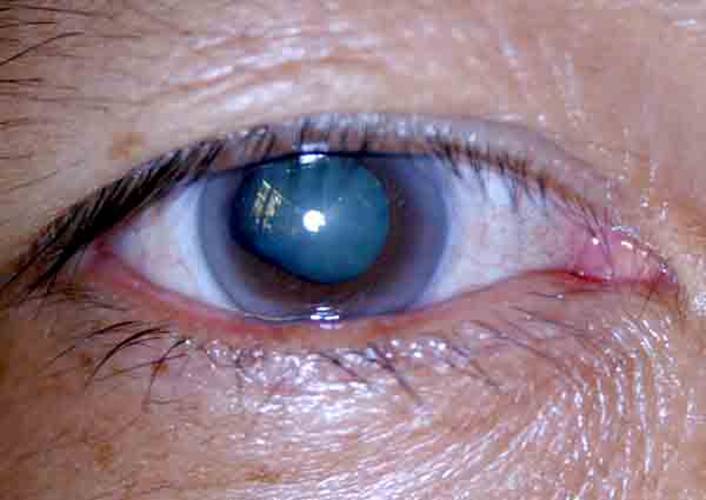
Low intraocular pressure: Kucukerdonmez et al. [28] conducted a clinical study on the treatment of chronic low intraocular pressure with hyaluronic acid, enrolling 32 patients with low intraocular pressure, with an average age of 56.8 years. The treatment involved intravitreal injection of sodium hyaluronate. After treatment, patients recovered well, indicating that hyaluronic acid is effective for treating low intraocular pressure.
Eye burns: Zhao Fajun et al. [29] treated patients with eye burns using traditional methods such as erythromycin or tetracycline eye ointment, chloramphenicol eye drops, and atropine for mydriasis when necessary. Additionally, they administered 0.1% sodium hyaluronate eye drops combined with 2% ofloxacin eye drops every 4 hours. Results showed that early application of sodium hyaluronate after eye burns reduced severe complications and disability rates.
2.5他
Ye Shufen [30] and Lai Hanbiao et al. [31] reported that the use of hyaluronic acid gel after dental implant surgery effectively reduces pain responses and alleviates redness and swelling. Wu et al. [32] and Wang Jianping et al. [33] found that hyaluronic acid administered to patients after dacryocystitis surgery promotes the recovery of lacrimal sac function and reduces postoperative scarring.
参照:
[1] karen lg, paul b .ヒアルロン酸[j]。^ a b c d e f g h i(1994年)、53 - 66頁。
【2】劉正平、王兵。ヒアルロン酸の臨床研究の進歩[j]。^ a b c d e f g h i(2006年)8 - 10頁。
[3] weissmann b, meyer k .ハイアロビウロン酸と臍帯ヒアルロン酸の構造[j]。^ a b c d e f g h i『人事興信録』第7版、1975年、753 - 757頁。
【4】崔・元・段・銭・李・延徽ヒアルロン酸の研究進展[j]。長春科学技術大学紀要:自然科学編,2011,34(3):101 - 106。
[5] liu l, liu y, li j,et al.ヒアルロン酸の微生物生産:現状、課題、展望[j]。^ microb cell fact,2011,10(99): あったチェルノイヤ刑務所にいる
[6] iannitti t, lodi d, palmieri b .変形性関節症の治療のための関節内注射:ヒアルロン酸の臨床使用に焦点を当てる[j]。^ a b c d e f g h i(2011)、13-27頁。
[7] wobig m, dickhut a, maier r, et al f 20:骨関節炎膝の有効性と安全性に関する26週間対照試験[j]。^『仙台市史』通史編(通史編)、通史編(通史編)、423 -423頁。
[8] ブラント KD、ブロック ああMichalski JPある効能 and safety intraarticularの 変形性膝関節症におけるヒアルロン酸ナトリウム[j]。clin整形外科関連res 2001年385:130 -143。
[9] Bannuru RR、Natovz ns, dasi ur, et al.膝変形性関節症における関節内ヒアルロン酸注射後の治療軌道eメタ- 分析か[J]。2011年退行性関節炎や軟骨と、19(6):611-619。
[10] Manfredini D、Piccotti F Guarda-Nardini l . tmj障害の治療におけるヒアルロン酸:文献のシステマティックレビュー[j]。the journal of craniomandibular practice,2010,28(3): 166 -176。
[11] loveday d、clifton r、robinson a .成人における距骨の骨軟骨欠損の治療に対する介入[j]。電子版に掲載されたコクランデータベースの体系的な_ひぐらしのなく顷意見:2010が8月。約数の和は1065、和は1065。CD00 8104。
[12] 齊藤滋、古谷剛史、小竹俊夫。慢性疼痛患者におけるヒアルロン酸注射の治療効果:ランダム化比較試験のメタ分析[j]。2010年関節炎と保護研究管理、62(7):1サイボーグ009 - 1、。
[13] teh bm, shen y, friedland pl,et al.ヒアルロン酸の使用に関するレビュー 鼓膜創傷治癒における酸[j]。expert opin biol ther, 2012年(平成24年)1月1日- 1 -3号。
[14] dover js, rubin mg, bhatia ac .前向き、ランダム化、比較、多施設共同研究による2つの非動物性安定化ヒアルロン酸フィラーの有効性、耐久性、安全性データのレビュー[j]。^ a b c d e f g h i『人事興信録』第35巻第1号、321 -331頁。
[15] Stegmann R・ミラー D.Use of でhyaluronateナトリウム 重篤な眼貫通性外傷[j]。アン・オフタルモル、1986年、18(1):9 -13。
[16] Voigt J、運転手新しい世界へヒアルロン酸誘導体とその治癒効果火傷、上皮 surgical できており、 chronic 傷: a systematic review and (クォン・ジョン of 無作為 controlled trials [J]。2012年(平成24年)3月31日:ダイヤ改正。
[17] Metwally m, gorvy d, watson a,et al 酸性の液体剤だ 予防 of adhesions after fertility-preserving 婦人科手術:ランダム化比較試験のメタアナリシス[j]。出生率と無菌性,2007,87(5):1 139—1 146。
[18] Mais V Cirronis MG、Peiretti M余り、et al.Efficacy 腹腔鏡検査と子宮鏡検査における接着防止のための自動架橋型ヒアルロン酸ゲル:ランダム化比較試験の系統的レビューとメタ分析[j]。european journal of obstetrics and gynecology and reproductive biolo - gy,2012,160(1): 1-5。
[19] Gupta AK、Paquet m, villanueva e,et al. actinic kerに対する介入- atoses[j]。コクランのシステマティック・レビューのデータベースはオンラインで公開されています。 2012年12月。d o i: 10.1002 / 1465185 . cd004415。
[20] kirova ym, fromantin i, de rycke y,他 action in breast cancer patients using hyaluronic acid 放射線中 セラピーに?結果 of phase III randomised 裁判か[J]。Radiother Oncol、 2017年(平成29年)2月20日:205-209系統を廃止。
[21] Pinnixぐらい Cのか、パーキンズ GH、Strom EA et al.Topical Hyaluronic 酸vs.Standard of 予防に注意する of Radiation 皮肤炎後補佐官 放射線 for 乳房 がん: シングル-Blind 無作為化第iii相臨床試験[j]。^「international journal of radiation oncology biology physics,2012,83(4): 1 089 -1 094。
[22] yu chunshui, ran liwei, tan shengshun, et al。後期の局所性強皮症の治療におけるヒアルロン酸ナトリウムおよびヒアルロニダーゼの局所注射の有効性分析[j]。中国皮膚科学会誌,2006,20(1):26 - 28。
[23] narins rs, brandt f, leyden j,et al.レスチレンとzyプラストの有効性と忍容性の無作為化二重盲検比較[j]。エスペランサ(英語版)-アメリカの出版社 学会 Dermatologic 2003年手術 局番号は558 -595。
[24] algawi k、agrell b、goggin mら。局所性のランダム化臨床試験 エキシマレーザー光屈折角切除術後のヒアルロン酸ナトリウム[j]。j屈折surg,1995,11(1): 42-44。
[25] Faraldi Fパパ V平壌市 D et al.A 新しい eye gel を含む sodium hyaluronate and xanthan ガム for the 管理 心的外傷後の角膜擦り傷[j]です^『仙台市史』通史編、仙台市、2012年、6 - 7頁 731.
[26] McDonald cc, kaye sb, figueiredo fcなど。 multicentre study to compare the 性能 of 0.1% (w / v) sodium hyaluronate with 1.4% (w / v) 緩和中のポリビニルアルコール ドライアイ症候群に関連する症状[j]。眼(英国ロンドン) ^ a b c d e f『人事録』第16版、601-607頁。
[27] liu jun .単純ヘルペスウイルス角膜炎における上皮治癒に対するヒアルロン酸ナトリウム点眼薬の効果[j]。^『仙台市史』通史編2(通史編6)523 - 523頁。
[28] kucukerdonmez c, beutel j, bartz-schmidt ku, et al。ヒアルロン酸ナトリウムの眼内塗布による慢性眼低血圧の治療[j]。^ a b c d e f g h i j j j j journal of ophthalmology, 2009, 93(2): 235 - 239。
【29】趙法君宗暁眼の化学火傷の治療におけるヒアルロン酸ナトリウムの有効性の観察[j]。2007年医療理論と実践20(1):地区に属して。
[30]叶Shufen。インプラント手術後の創傷治癒におけるgengigel®ヒアルロン酸ゲルの役割[j]。^「international journal of medicine and health, 2006」(英語). international journal of medicine and health(2006) . 2015年3月12日閲覧。
【31】ライ漢彪、劉毅。インプラント手術後の創傷治癒におけるヒアルロン酸ゲルの役割[j]。^『仙台市史』仙台市史編纂委員会、2008年(平成20年)、637 - 638頁。
[32] wu w, cannon ps, yan w, et al。原発性慢性dacryocystistitisに対する内視鏡的な内視鏡的なdacryocystorhinostomyにおける創傷治癒および耳孔のpatencyに対するメロゲルカバレッジの影響[j]。^ a b c d e f g h i(2011), 25(6): 746 - 753。
[33] wang jianping, zhang deshou, ma yong, et al。鼻細管吻合におけるヒアルロン酸ナトリウムの応用[j]。^ a b c d e f g h i『日本の歴史』日本評論社、2009年、24(6):3828 - 3829。


 英語
英語 フランス
フランス スペイン
スペイン ロシア
ロシア 韓国
韓国 日本
日本